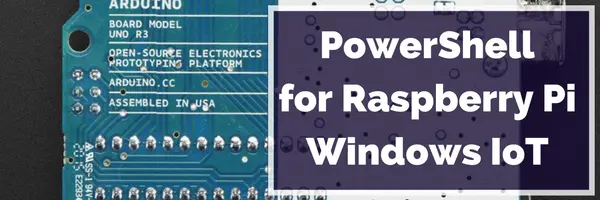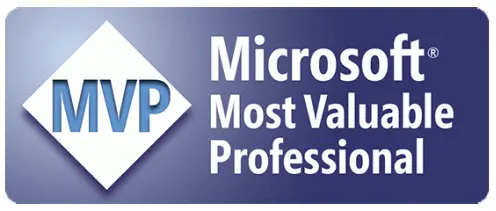Super-Fast walkthrough: running Win10 Preview on Raspberry Pi 2 and what's it like

Continue Reading...
Windows 10 for Raspberry Pi - Solving DISM 'the Drive can't find the sector requested'

Continue Reading...
Part II - Deploying PowerShell GUIs in Minutes using Visual Studio

Continue Reading...
Part I - Creating PowerShell GUIs in Minutes using Visual Studio - A New Hope

Continue Reading...
Part III - DSC - Making our Domain Controller

Continue Reading...
Part II - DSC - Joining our user to the Local Administrators Group

Continue Reading...














